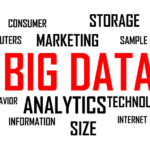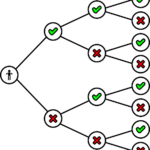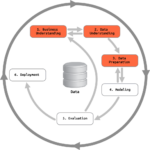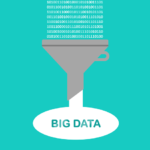Sentiment Analysis refers to the process of determining sentiments of users which can be positive, negative or neutral. Moreover, in this article, we will focus on using Twitter for sentiment analysis and extracting opinions about various people.
Firstly, there are three approaches for this analysis. First is Lexical approach, second is naive bayes and third is hybrid approach. Hence we suggest a hybrid approach for sentiment analysis that is a combination of machine learning algorithm and a special lexical dictionary.

Sentiment Analysis Method
Firstly, lexical approach is use for its speed. And it is fast as it uses some features like dictionary for extracting sentiments. On the other hand, machine learning approach employs a recursive learning technique and tuning of their features because of which accuracy is improve.
Hence, we need an approach that has the combination of both and it can extract the best features from both. So we choose the Naive Bayes Classifier.
Following are the steps:
- Data gathering
- Pre processing
- Training data
- Classification
- Result
First is data gathering for training and classification of data, we require Twitter Data. So we use Twitter API for this purpose. In addition, two types of API’s provided by Twitter are Stream API and Rest API.
Secondly, pre processing involves removal of unwanted words, language detection, tokenize, stop words etc.
Thirdly, in training data, we will train the classifier using pre-label data so that we can achieve the highest possible accuracy. And label the text into their respective classes.
Lastly, we will classify the data based on sentiments and generate an outcome.
For all data set we need accuracy rate is greater than or equal to 90 so our data becomes very accurate and efficient.
Moreover, using all approaches we get different result so we conclude that the performance of hybrid approach is better than the all.
We can apply naive bayes for classification.
Need of NLP
Natural language process (NLP) is that the technology handling with our most pervasive product. Human language because it seems in emails, web pages, tweets. Also in product descriptions, social media, articles in many languages.
Applications of Sentiment Analysis
Product and Service reviews – It is in the area of reviews of consumer products and services. There are several websites that offer automation summaries of reviews about services and their exact features.
Reputation Monitoring – Twitter and Facebook are a significant point of various sentiment analysis application
Decision Making – sentiment analysis can be an important factor supporting the decision making systems. For instance, in financial market investment.
Summary
In conclusion, we have learnt about streaming of data based on sentiment analysis. We have seen the different type of approaches – Lexical Approach, Machine learning approach and hybrid approach.
We also conclude that hybrid approach is better to use for this analysis. Lastly, we have seen some applications of sentiment analysis.
























[…] Naive Baiyes Classification […]